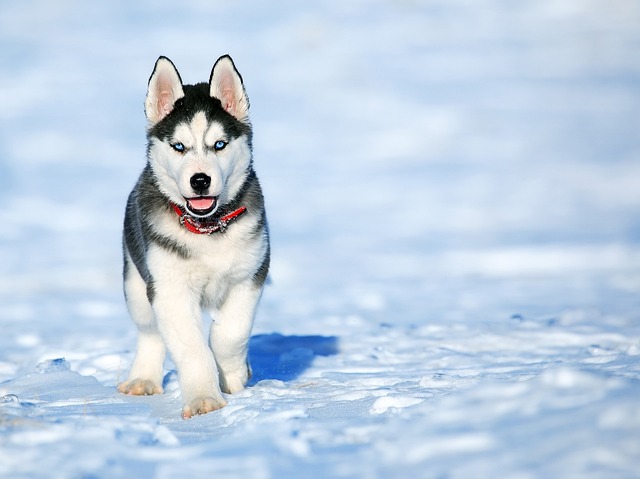
How can I tell if my dog's heatstroke is serious
Let’s be real: It’s a sticky August morning in Los Angeles, and you took your 2-year-old Golden Retriever, Max, for a walk a little later than usual
Watching a fluffy puppy grow into an adult dog comes with plenty of surprises, and one of the most noticeable is the shift in their coat. That soft, downy layer they’re born with doesn’t stick around forever—so when should you expect the transition, and how long does it last?
Most puppies start shedding their puppy coat around 4 to 6 months of age, though this timeline can vary. Breeds with double coats, like Golden Retrievers or German Shepherds, often take a bit longer, sometimes up to 12 months, as their thicker adult fur pushes through. Smaller breeds might finish the process in as little as 2 to 3 months, leaving them with a sleeker, more manageable coat.
During this phase, you’ll notice more loose hair on your floors, furniture, and even your clothes. Regular brushing helps keep the mess under control and prevents tangles, especially for longer-haired breeds. A rubber brush or slicker works well to remove dead hair without irritating your puppy’s sensitive skin.
 It’s important to remember that shedding patterns can be influenced by factors like diet and environment. A balanced diet rich in omega-3 fatty acids supports healthy skin and coat, potentially reducing excessive shedding. Changes in daylight hours, common in many parts of Europe and North America, can also trigger heavier shedding seasons later in life, even after the puppy coat is gone.
It’s important to remember that shedding patterns can be influenced by factors like diet and environment. A balanced diet rich in omega-3 fatty acids supports healthy skin and coat, potentially reducing excessive shedding. Changes in daylight hours, common in many parts of Europe and North America, can also trigger heavier shedding seasons later in life, even after the puppy coat is gone.
Pet owners should also be aware of local regulations regarding pet care. In some European countries, neglecting a dog’s grooming needs—like failing to manage excessive shedding that leads to matting—can be considered animal cruelty under local laws. Similarly, many U.S. cities have ordinances requiring pet owners to keep their properties free of excessive pet hair that could become a nuisance to neighbors.
If you notice unusual shedding—like bald patches, red skin, or a sudden increase in hair loss—it might signal a health issue, such as allergies or thyroid problems. Consulting a veterinarian is always a good idea to rule out underlying conditions.
By the time your puppy reaches 1 year old, their adult coat should be fully in place. The texture might be different—coarser or thicker than their puppy fur—and you’ll settle into a regular grooming routine that fits their breed’s needs. Embrace the shedding phase as part of their growth; it’s a small price to pay for the joy of watching your little pup turn into a healthy, happy adult dog.

Let’s be real: It’s a sticky August morning in Los Angeles, and you took your 2-year-old Golden Retriever, Max, for a walk a little later than usual

You're enjoying a summer afternoon at the park when you notice your dog has stopped panting and appears disoriented - their gums are bright red

Let’s paint the picture: You’re in your Denver apartment, watching your 4-year-old Boston Terrier, Ruby, plop down mid-play session with her favorite toy

Many dog owners notice their pets nails seem shorter after regular walks,but how much does this daily activity actually help?The answer depends on where you walk—concrete sidewalks or asphalt streets gently file nails as a dog's paws hit the ground

Most dog owners notice their pup scooting across the carpet at some point, but few connect it to impacted anal glands. These small sacs near a dog’s rectum secrete a scent for marking territory

Most vets agree that regular dog teeth cleaning is key to avoiding painful dental issues later. For healthy adult dogs, a professional cleaning at the vet’s office every 12 to 18 months usually works well.